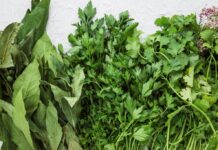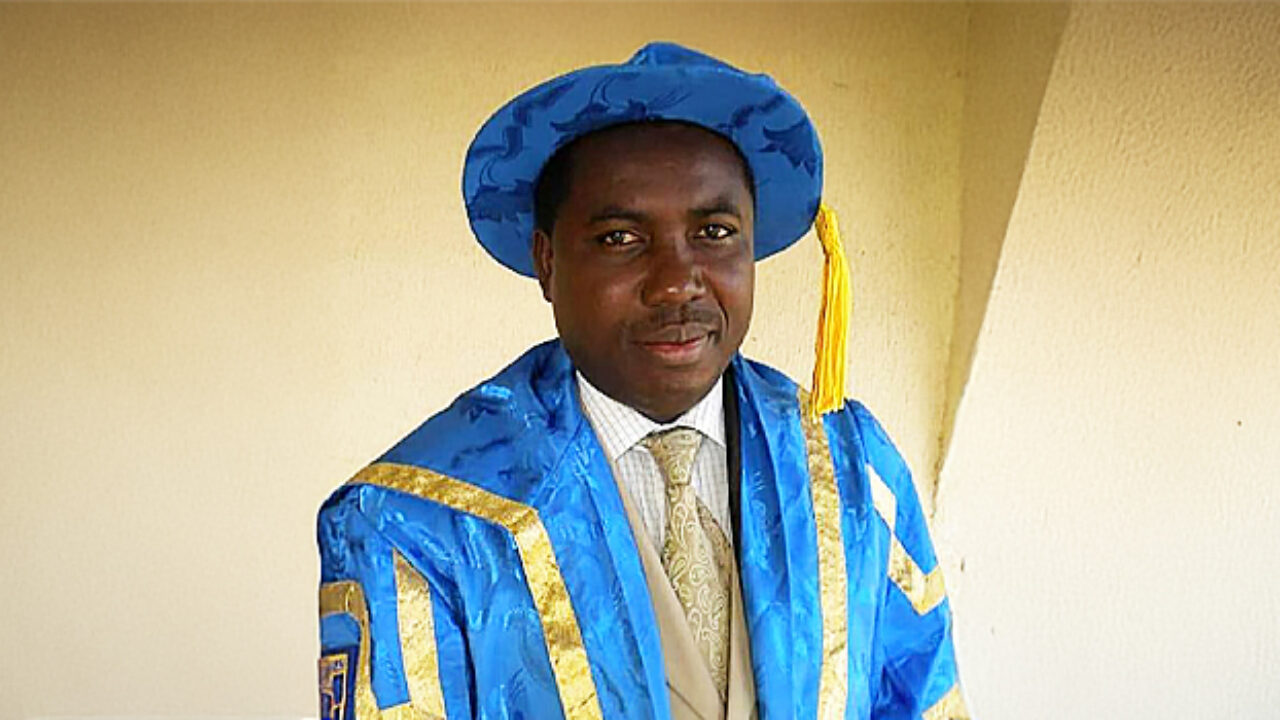The vice president, Prof. Yemi Osinbajo, has said that 7, 000 and 200 under five children in Zamfara and Niger states respectively have been treated of lead poisoning associated with crude gold mining activities.
The vice president who disclosed this in a speech at the ‘2nd International Conference on Lead Poisoning Associated with Artisanal Gold Mining in Nigeria with Special Focus on Prevention’ held in Abuja on Tuesday described the figures as “the largest group of children under five years of age with severe lead intoxication reported anywhere.”
It would be recalled that in 2010, there was an outbreak of lead poisoning in Zamfara State as a result of the processing of lead-rich gold ores by artisanal gold miners in residential compounds and village squares.
More than 17,000 people were severely exposed and about 500 children lost their lives due to acute lead poisoning.
In April 2015, another outbreak of severe lead poisoning which resulted in the death of 30 children and poisoning of many occurred in two villages in Niger State.
As with the incident in Zamfara State, the new outbreak was precipitated by environmental lead contamination from artisanal gold mining activities.
Osinbajo noted that treatment does not reverse the debilitating effects of lead poisoning; it only accelerates the rate at which the body expels the lead in order to prevent further damage or death.
“So, the thousands of children who did not die of lead poisoning in Zamfara and Niger states may therefore have to live with cognitive and other disabilities. Many of these children may never attain their full potential as productive citizens,” he said.
He said while the federal government pursues a National Gold Purchase Scheme, as well as the development of a National Gold Policy, gold mining in the country “is currently dominated by artisanal miners using rudimentary mining methods and crude processing techniques.”
“The obvious consequence is the exposure of miners, the environment and local communities to serious danger. In areas where gold ores contain high concentration of heavy metals like lead, exposure to the dust released from these metals as a result of the crude processing techniques, leads to serious health consequences, not just for the persons directly involved in the mining, but also the neighbouring areas and communities. Children, of course, are the ones most at risk of death and disability,” he said.
He therefore admitted that the current efforts to tackle lead poisoning in artisanal gold mining have not been adequate as evidenced in the outbreak of lead poisoning in State outbreak which happened five years after “we thought we had contained the problem.”
He said wealth from mining can be enjoyed without dire consequences
“I strongly believe that a carefully-thought-out and comprehensive national plan, which focuses on the populations and communities most vulnerable to lead poisoning associated with artisanal gold mining, will yield the desired results.”
“As Nigeria traverses ‘the road to shared mining prosperity,’ we must ensure that we do it in a way that does not harm our health and our environment. Those who say the option is death by poisoning, rather than poverty, offer a cynical false choice.
“Artisanal mining and the life to enjoy the wealth from it, is possible, if we put in place the proper preventive measures and provide the right equipment. No country should have to pay for its economic prosperity and development with the lives and wellbeing of its people,” he said.




















































